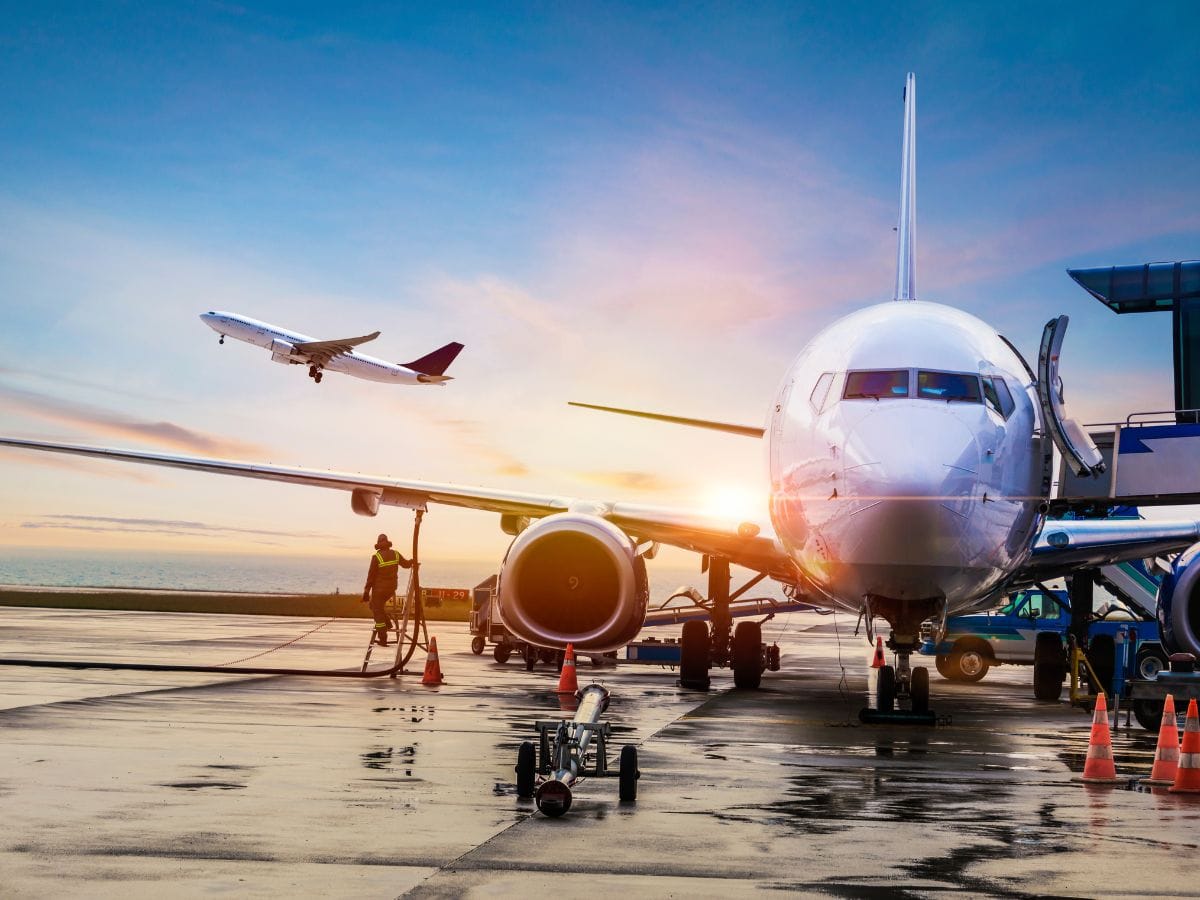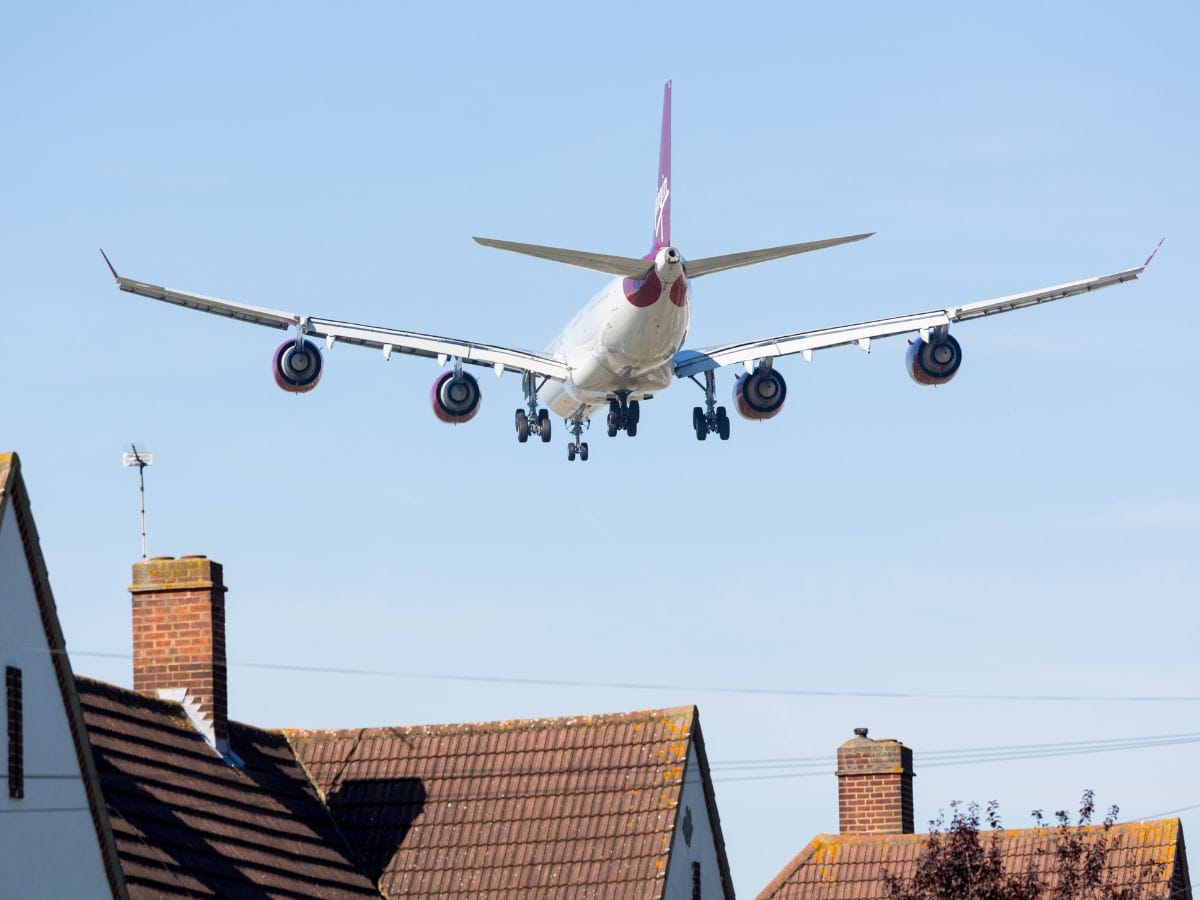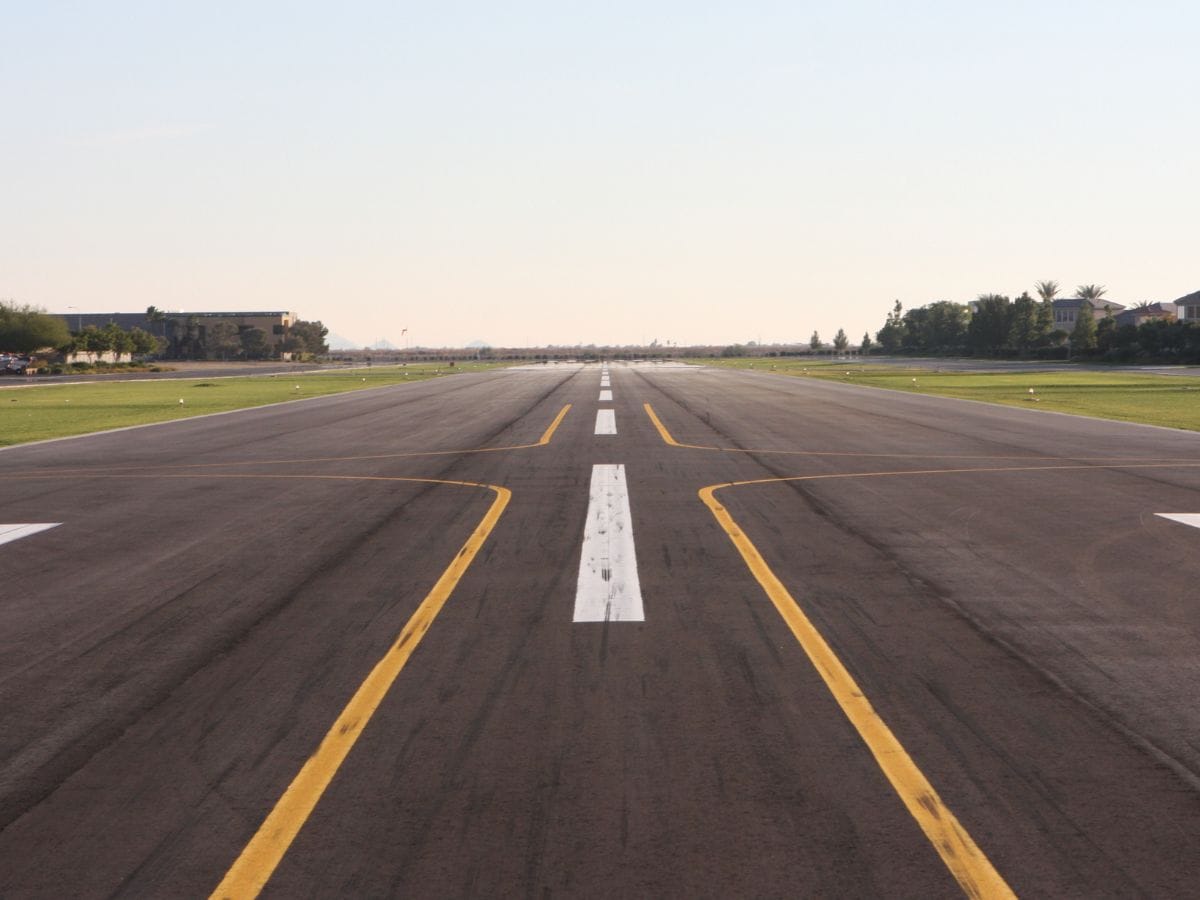Heathrow’s Third Runway: Navigating the Path to Expansion
The UK government backs Heathrow’s third runway, aiming for economic growth and global connectivity. While expected to create 100,000 jobs, it faces opposition over environmental concerns, airspace regulations, and infrastructure challenges. The runway could be operational by 2035.

Government Endorses Project Amid Environmental and Logistical Challenges
A Long-Awaited Expansion
The UK government has renewed its support for the construction of a third runway at London’s Heathrow Airport, aiming to enhance trade and stimulate economic growth. Chancellor Rachel Reeves emphasized the project’s significance, stating:
“A third runway at Heathrow would unlock further growth, boost investment, increase exports, and make the UK more open and more connected.”
Heathrow, which currently operates at 99% capacity, has been losing ground to its European rivals. Airports such as Paris Charles de Gaulle and Frankfurt each have four runways, while Amsterdam Schiphol operates with six. The proposed expansion is projected to create approximately 100,000 jobs and increase the UK’s GDP by 0.4% by 2050.

Environmental and Political Opposition
The plan faces significant opposition from environmental activists and local politicians. London Mayor Sadiq Khan has voiced his objections, raising concerns over noise and air pollution.
“We will scrutinise [Heathrow’s] plans carefully and use whatever means we can to stop it going ahead,” said Khan.
Climate groups argue that the expansion contradicts the UK’s net-zero commitments, as increased air traffic could lead to higher carbon emissions. Critics also worry about the impact on local communities and wildlife.

Logistical and Infrastructure Challenges
Beyond environmental concerns, the expansion presents complex logistical hurdles. The project would require the demolition of over 700 homes, affecting long-standing communities. Additionally, part of the M25 motorway would need to be rerouted through a tunnel under the new runway—an expensive and time-consuming process.
Another major issue is the modernisation of airspace regulations, which currently impose strict limits on Heathrow’s operations. Changing these regulations to accommodate the third runway could lead to legal disputes from affected residents.

Heathrow’s Response and Next Steps
Heathrow’s Chief Executive, Thomas Woldbye, acknowledged these challenges, stating:
“Successfully delivering the project at pace requires policy change, particularly around necessary airspace modernisation and making the regulatory model fit for purpose.”
Despite these hurdles, the government is pushing ahead with its plan. The goal is to secure planning permission before the end of the current parliament in 2029, with the runway potentially becoming operational by 2035.

Balancing Economic Growth with Environmental Responsibility
While the expansion promises economic benefits and increased global connectivity, it also raises significant environmental and social concerns. The debate over Heathrow’s third runway highlights the ongoing challenge of balancing infrastructure growth with sustainability goals.
As discussions continue, one question remains: Can the UK expand its aviation sector while staying true to its climate commitments?
Sources:
• Reuters: UK backs third runway at London’s Heathrow Airport
• The Times: Heathrow expansion plans face extra hurdle from airspace corridors
• The Guardian: Rachel Reeves backs Heathrow third runway in bid to drive UK growth




